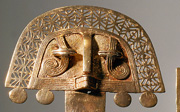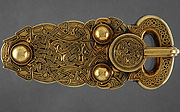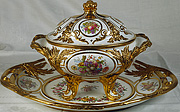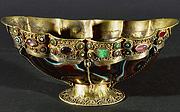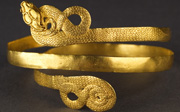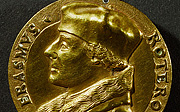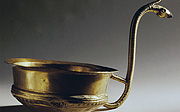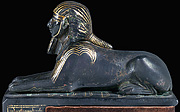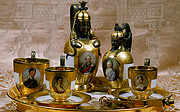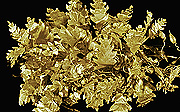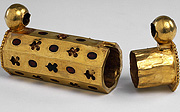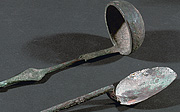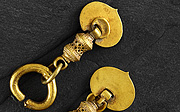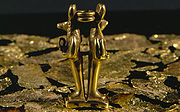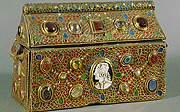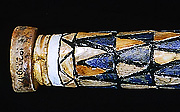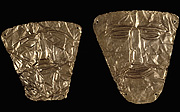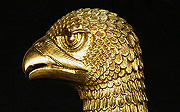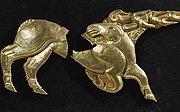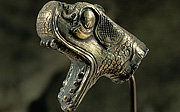
#03070153
Gold head from the Oxus treasure, Achaemenid Persian, 5th-4th century BC. Beaten...

#03070154
Gold masks, Parthian, from Nineveh, northern Iraq, 2nd century. These gold masks...

#03070159
Gold amulet containing relics, 2nd century. This amulet would have been valued f...

#03080761
Electrum cup with bas-relief depicting Scythians. Gold, 2nd half of the 4th cen...

#03080765
Mughal gold mohur (gold coin) of Jahangir depicting the sign of Sagittarius. Ind...

#04010153
Part of the tack for the royal horse, this bridle and bridle plate are embelli...

#04010159
Part of the tack for the royal horse, this saddle is embellished with gold-pl...

#04010265
Buddha Sakyamuni - sacred images of Buddha are found in all temples and symbo...

#04010316
Ceremonial butter lamps made of solid gold are rare and usually of a copper allo...

#06010228
Female idol with gold incrustations. Marble and gold. From to...

#06010260
Human mask with gold ornaments, and a necklace of gold pearls, quartz...

#06030152
Gold vessel, imported into Denmark. Handle with stylized hor...

